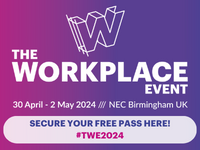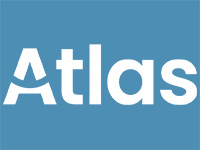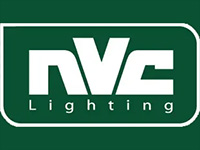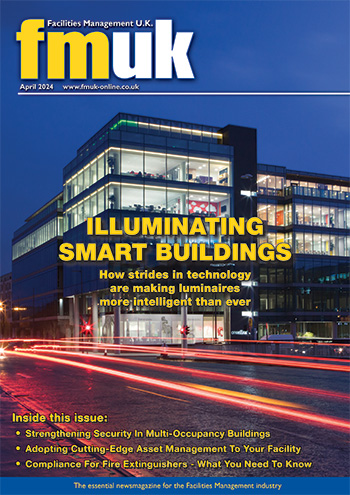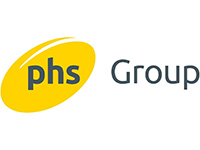Best Cleaning Practices To Support Building Maintenance
 Daniel Took, Head of Product at Kärcher UK Professional Product, outlines why the PDIR cleaning method is the ideal solution for facilities managers looking to keep up cleanliness as part of their building maintenance.
Daniel Took, Head of Product at Kärcher UK Professional Product, outlines why the PDIR cleaning method is the ideal solution for facilities managers looking to keep up cleanliness as part of their building maintenance.
Increased dirt and debris during the winter months places greater pressure on facilities managers to ensure that preventative measures are taken to stop dirt from entering the facility as they battle with weather elements. Maintaining a clean front of house keeps the premises appealing and safe for guests. Entrance ways are some of the main areas that incidents, such as slips and trips, can take place due to the conditions caused by bad weather, to prevent these accidents, it is imperative that the floors are kept clean and dry.
Adopting the PDIR (Preventative, Daily, Interim and Restorative) process is an ideal way to prepare for the dirt that can build up during the winter months. On average 80-95% of dirt is brought into a building from outside so it is important to start with an outside-in approach to maintain cleanliness inside.
Preventative Cleaning
Preventative cleaning focuses on stopping the dirt from outside making its way into corridors, entrances, and common walkways. Focusing on the areas where dirt is likely to come from as it enters the building, i.e., car parks, walkways, and paths, can reduce the build-up of dirt inside by two thirds.
Facilities managers can tackle this dirt by maintaining a regular cleaning routine that makes use of municipal equipment such as road sweepers and scrubber dryers to tackle the dirt that builds up around entry points to buildings. By removing leaves and dirt, they can reduce the amount of soil tracked into the facility by two thirds. When combined with pressure washer cleaning, dirt can be effectively removed without the need for chemicals cleaning agents.
Daily Cleaning
Daily cleaning focuses on the swift removal of any dirt that does enter the building to minimise the damage it can cause to soft and hard flooring. Soil and debris can become embedded into the floor if it is not removed swiftly.
When selecting which products to use, it is important to consider the type of flooring. Vacuum cleaners and carpet spray extractors are ideal for soft floors such as carpet, whereas scrubber dryers and steam cleaners are ideal for hard floors such as laminated and tiled flooring.
Interim Cleaning
Interim cleaning will further create a clean and consistent environment over time to expand on the preventative and daily cleaning whilst reducing the frequency for restorative cleaning. Choosing the right method can help to minimise disruption to the business.
For soft flooring, encapsulation cleaning combined with spray extraction can restore the carpets to a “like new” condition. It can take up to 30 minutes or more for the carpets to dry so it is important to factor this in when deciding to go for this method. For hard flooring, cleaning with a scrubber dryer followed by polishing will reduce the cleaning time and result in less detergent being required for future cleans.
Restorative Cleaning
Restorative work may be needed to ensure the floors are returned to their true “like new” state after general wear and tear over the years.
Soft floors can be cleaned using a deep carpet extraction to remove soil that has become embedded deep within the fibres. Removal of soil should help restore the carpet to its original ‘like new’ appearance. On the other hand, when restoring hard flooring it needs to be stripped and recoated to achieve the same effect.
The PDIR cleaning process is an effective and proven method that Kärcher has developed over years of industry research to help support facilities managers protect the buildings that they are operating and ensure long-term cleanliness.
Click the article to enlarge it.































